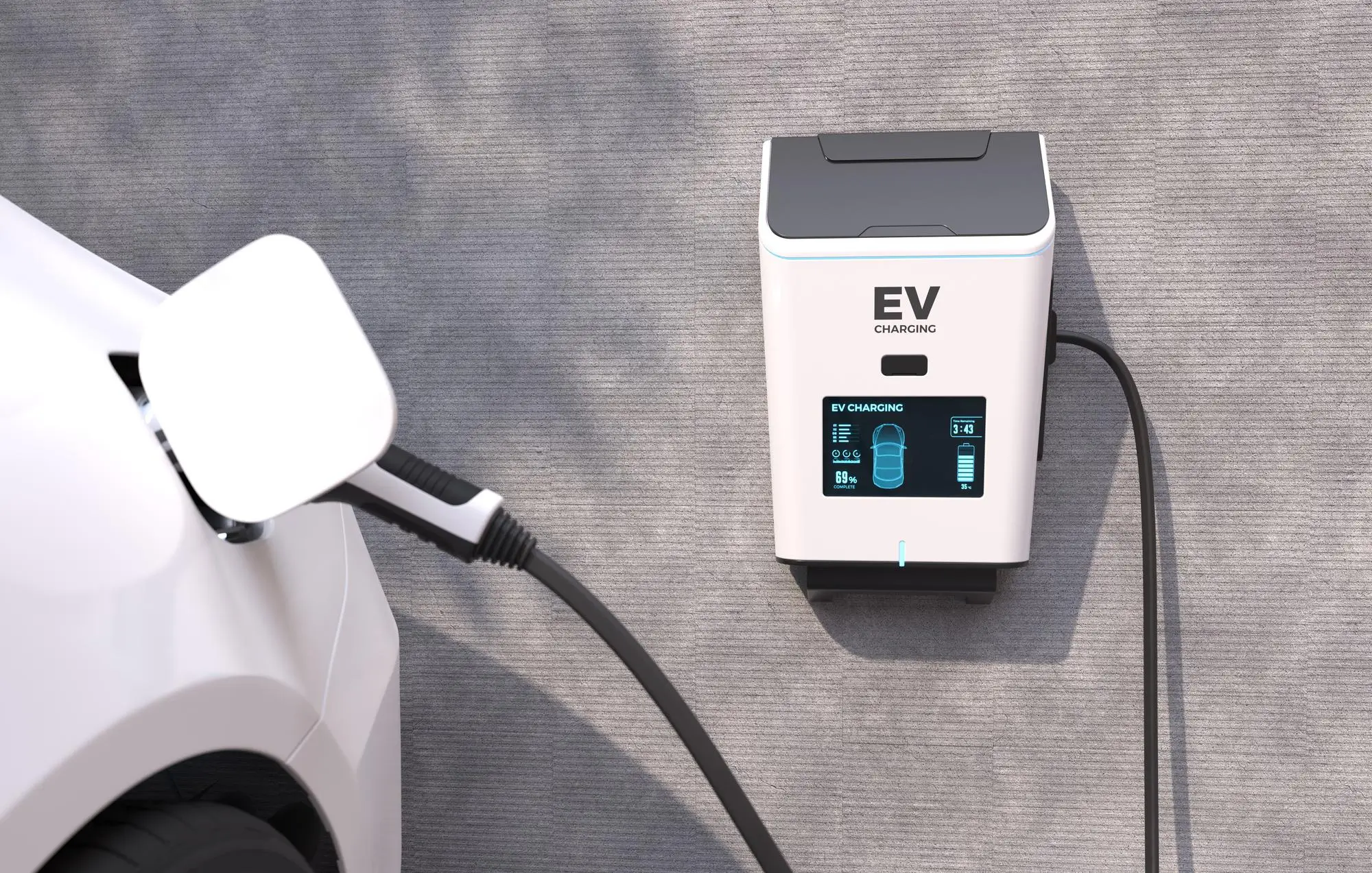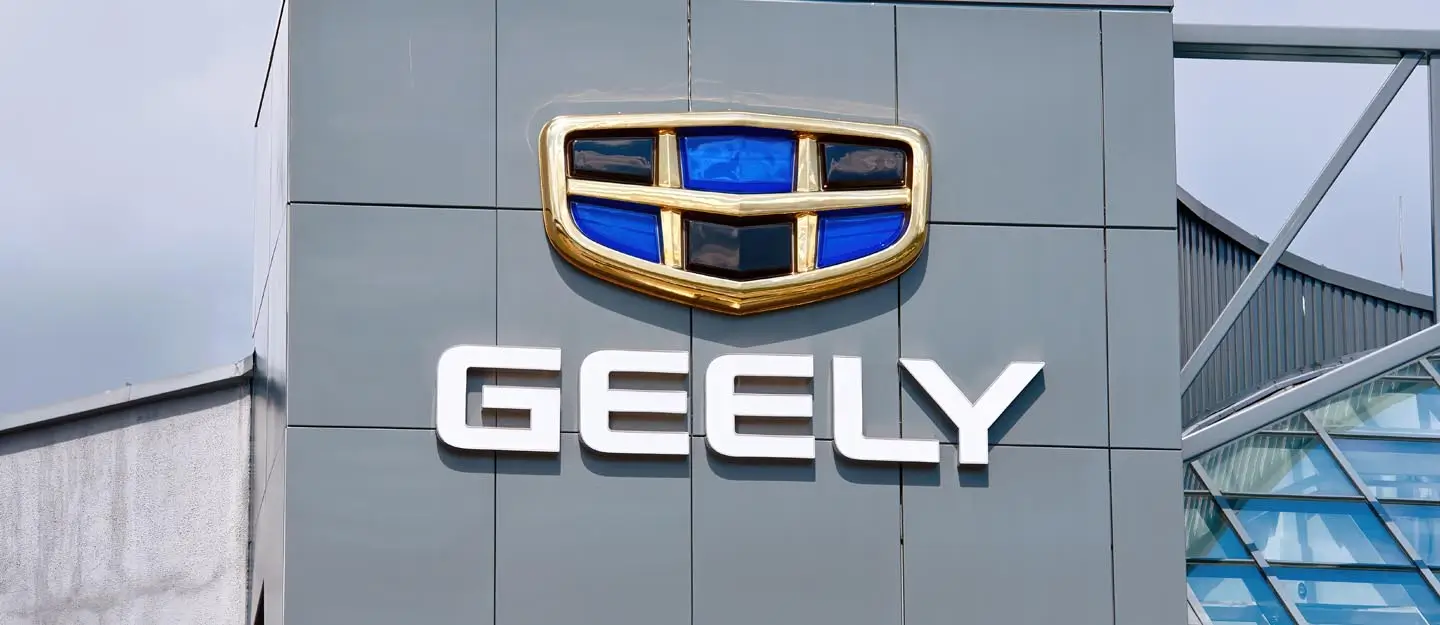As the global auto industry accelerates towards a greener future, electric vehicles (EVs) are charging ahead, poised to transform our roads. Recent projections from the International Energy Agency (IEA) highlight an electrifying forecast for 2024, with EVs expected to constitute 11% of U.S. vehicle sales and one in every five cars sold worldwide. This shift is not just about embracing new technology but is a critical step in our journey towards sustainability. In this article, we delve into the nuances of the EV market’s growth, exploring factors that drive its expansion and the unique challenges it faces.

2024 EV Market Share: What to Expect in the US (PDF)
Growth Against the Odds
Despite facing headwinds such as tight profit margins and volatile prices for battery raw materials, the EV market’s resilience is notable. The anticipated phaseout of government incentives in various regions has sparked concerns about potential slumps in EV sales. However, the reality paints a more robust picture. Supported by decreasing battery costs, EV-friendly governmental policies, and burgeoning markets in developing countries, EV sales are not just surviving; they are thriving.
Global Sales Trends: A Closer Look
In 2023, the EV market achieved a significant milestone, capturing 18% of the global market share, a leap from 14% the previous year. This growth is predominantly driven by sales in China, which accounted for 60% of these figures, followed by Europe at 25% and the U.S. at 10%. The burgeoning interest in other regions suggests that this trend is only set to escalate, further buoyed by over 20 major automakers committing to electrification targets. These manufacturers represent 90% of the global car sales in 2023, underscoring a widespread industry shift toward electric models.
The Infrastructure Backbone
Crucially, the backbone of this growth—battery manufacturing—has seen substantial investment. Analysts confirm that current facilities are well-equipped to meet the burgeoning demand, paving the way for an even split between electric and conventional vehicles by 2035. This preparation is complemented by tightening emissions regulations across many countries, propelling the automotive industry towards an electric-dominated future.
Regional Dynamics: The U.S. Perspective
The U.S. presents a unique landscape for EV adoption, characterized by state-specific dynamics. While some states are rapidly integrating EVs, others lag behind, creating a polarized adoption map across the nation. Despite this uneven uptake, the overall trend is positive, with the U.S. luxury vehicle market now comprising more than a third of EVs. Yet, this promising growth is tempered by the expanding gasoline fleet, which could potentially offset the environmental benefits achieved through EVs.
Challenges and Opportunities
The challenges facing the U.S. EV market include:
- State Polarization: Different levels of EV adoption and support across states.
- Market Saturation: The growing number of gasoline vehicles which dilutes the impact of EVs on overall vehicle emissions.
However, these challenges also present opportunities for targeted policies and innovative solutions to encourage more uniform EV adoption and address market saturation effectively.
Conclusion: Powering Forward
As we look towards 2024 and beyond, the trajectory for electric vehicles is overwhelmingly positive, with significant growth markers already achieved and many more anticipated. The industry’s pivot towards sustainability is not without its challenges, but with strategic investments and supportive policies, the road ahead for EVs looks both promising and green. As consumers and policymakers alike tune into the potential of electric vehicles, the shift towards a more sustainable automotive landscape becomes increasingly inevitable.




